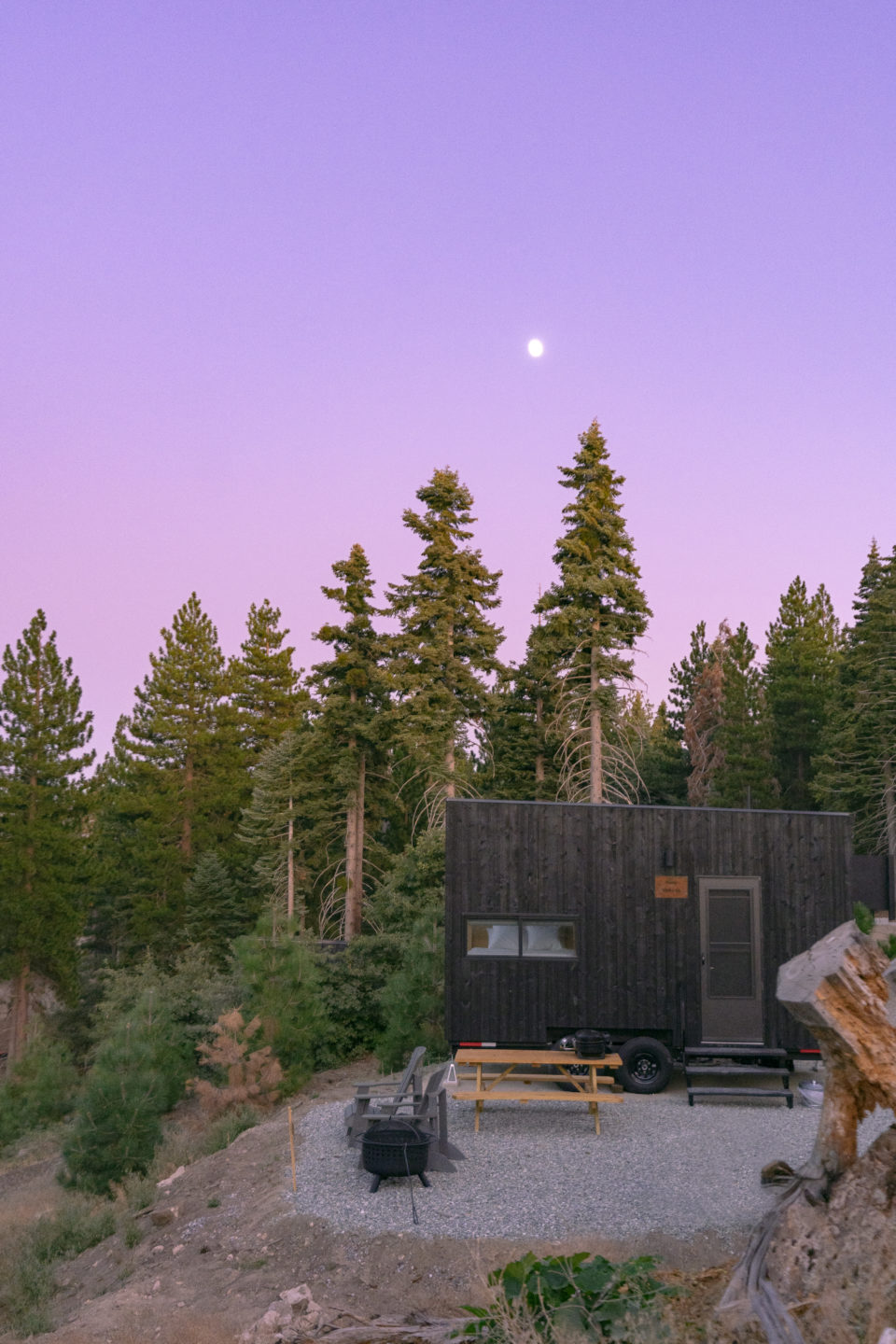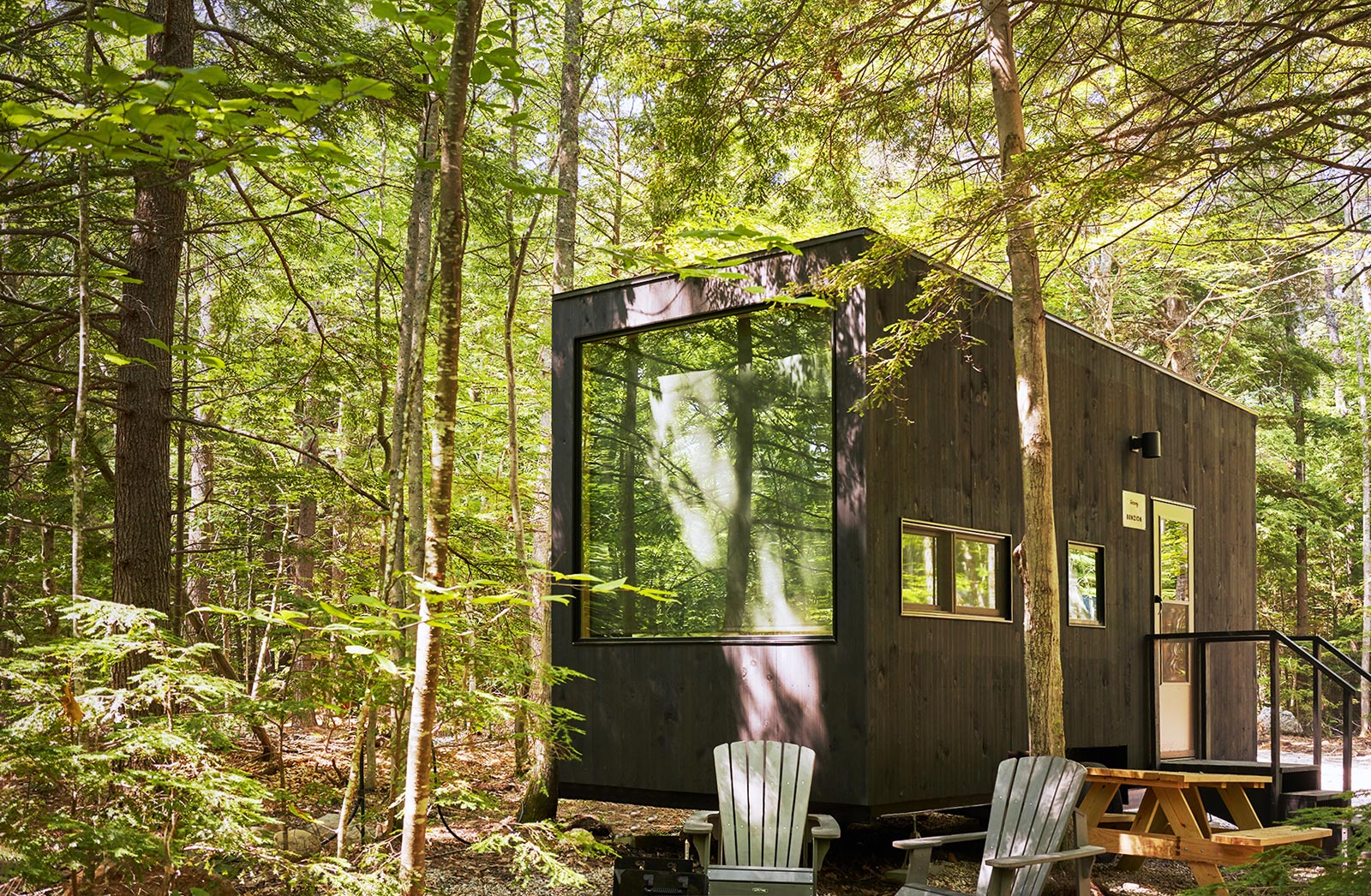This week on my local radio station, WNYC, longtime morning host Brian Lehrer is reminding us to check in with our trees. Late last fall, Lehrer invited his listeners to select a tree to “adopt” and track over the course of a year. “Trees are fully our neighbors,” added Marielle Anzelone, urban botanist, ecologist, and frequent guest on the show. “They’re all around us in our daily lives, we should get to know them.”
Each month, the show hosts a special segment for listeners to share updates and observations about their chosen trees. The callers sometimes sound like proud parents reporting on their kids’ latest milestones: new buds! Spreading leaves! Birds in the branches! Other times, listeners share concerns about the loss of greenery in their neighborhoods. This week, a woman in the Bronx tells Lehrer and Anzelone that so many acorn-bearing oak trees have been cut down in her neighborhood, the local squirrel population is losing its food source. “We have to feed them peanuts,” she says. “Squirrels in our projects carry bagels up to the trees.”

I’m always grateful when I turn on the radio and happen to catch one of these monthly tree check-ins. I love thinking of the trees in my Carroll Gardens, Brooklyn neighborhood not just as fixtures of the landscape but actual neighbors whose lives intersect with my own. Fifty years ago, the community activist and environmentalist Salvatore “Buddy” Scotto began organizing to create more green space in Carroll Gardens . Today, many of the established trees along my daily walk speak to his work and legacy. More recently, the NYC Parks Department has planted new trees throughout the city (including on my block in Carroll Gardens, Brooklyn) as part of its MillionTreesNYC initiative. Each young tree is tagged with a QR code that passersby can use to look up information about the tree and the program. Watching these baby trees grow over the years I’ve lived in my apartment has deepened my own sense of connection to the neighborhood.
As community members, trees are pretty great: they improve air and soil quality; provide a buffer against erosion, drought, and flooding; and offer cooling shade during the summer heat. Animals find shelter and nutrition in their branches, while numerous studies confirm that humans experience substantially lower levels of stress, and better all-around health, when they live among trees.
Observing a single tree over the course of a year is more than just a botany experiment. It’s an exercise in sustained attention. To notice how a tree changes from day to day, week to week, season to season, requires engaging all the senses, and a whole lot of patience. It is the very best method I’ve found to slow the rush of time.
Last month, I shared that I was stressed out and overcommitted, with a jam-packed calendar that made me feel like the whole summer was practically over before it had even begun. But the young tree growing directly outside my building is indifferent to my calendar. This week, its leaves seem a little fuller and a little deeper green than they were last week, though maybe I’m just imagining that. In truth, to my untrained eye, it’s barely changed at all. Eventually, its leaves will start to yellow and brown, signaling the end of one season and the beginning of the next. But for now, it’s in no hurry at all.

Ready for your next escape to nature? Book your Getaway today.
